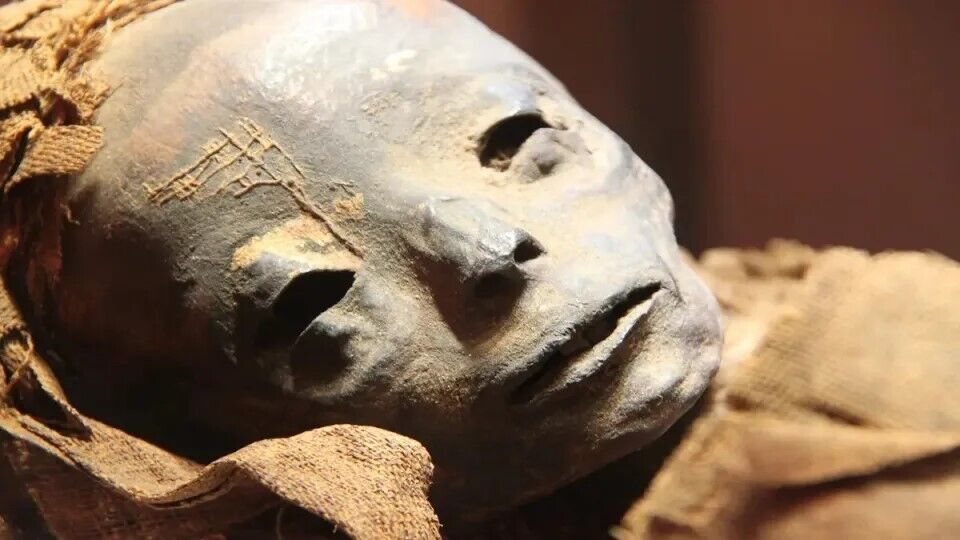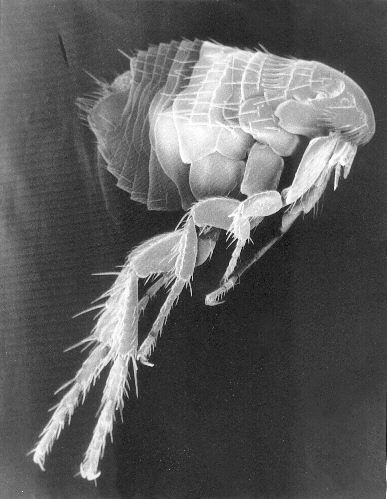News
A creepy Egyptian mummy has revealed the secret of the 14th century plague: "The Black Death" claimed the lives of millions of people
A gruesome Egyptian mummy, who died in terrible agony, revealed for the first time in a millennium the terrible secret of the 14th century plague. "The Black Death claimed the lives of millions of people around the world.
According to the researchers, the 3,290-year-old embalmed remains belonged to a man who suffered from terrible symptoms before his death – potentially from the bubonic plague. And it was this terrible disease that spread in North Africa thousands of years before the Black Death devastated Europe, TheSun writes.
"The Black Death" is the second-largest plague pandemic in history, which began in Eastern China and swept across Asia, Europe, and parts of Africa in the mid-14th century. The Yersinia pestis infection is notorious for causing the rapid and massive deaths of up to 200 million people, according to Wikipedia.
However, scientists have discovered that the Black Death originated much earlier. According to recent research, the oldest confirmed case of plague outside of Eurasia was found in an ancient Egyptian mummy.
The newly studied mummy has allowed experts to gain a deeper understanding of the deadly disease in North Africa and help to clarify how it spread over time. In the past few years, research has found traces of Y pestis DNA in prehistoric corpses. This indicates that the pathogen and the terrible disease existed and were in circulation thousands of years before the historic pandemic, scientists say.
An ancient Egyptian mummy preserved in the Museo Egizio in Turin, Italy, has revealed that plague was also present in North Africa at the dawn of the Bronze Age. The examined remains contained traces of Y pestis DNA in both bone tissue and intestinal contents.
According to the scientists, this revolutionary discovery indicates that the disease had progressed to an advanced stage when the infected person had already died.
"This is the first recorded prehistoric Y pestis genome outside of Eurasia, providing molecular evidence for the presence of plague in ancient Egypt. However, we cannot conclude how widespread the disease was at this time," the study authors noted.
Despite the lack of understanding of the prevalence of the Black Death in ancient Egypt, previous studies have suggested possible outbreaks along the Nile River at the time.
As they did more than 20 years ago, experts found fleas in the archaeological village of Amarna, where workers once lived to build Tutankhamun's tomb. Since fleas are predominantly plague carriers, experts began to think that the disease might have existed in ancient Egypt.
A 3,500-year-old medical text called the Ebers Papyrus describes a disease of the time that "formed a tambourine, and the pus was petrified."
Therefore, some researchers believe that the plague may have originated from fleas that lived on Nile rats. Then they moved on to black rats that flew on ancient ships, spreading the horrific "black death" around the world.
According to scientists, the new discovery of the mummy's DNA can confirm the truth of the theory that the disease was present in ancient Egypt.
According to previous DNA analyzes of medieval plague victims and their contemporaries who were lucky enough to survive, the terrible pandemic of those times continues to affect humans today. The BBC noted that the deadly epidemic triggered processes in our immune system that are still ongoing.
Only verified information is available on the OBOZ.UA Telegram channel and Viber. Do not fall for fakes!






























